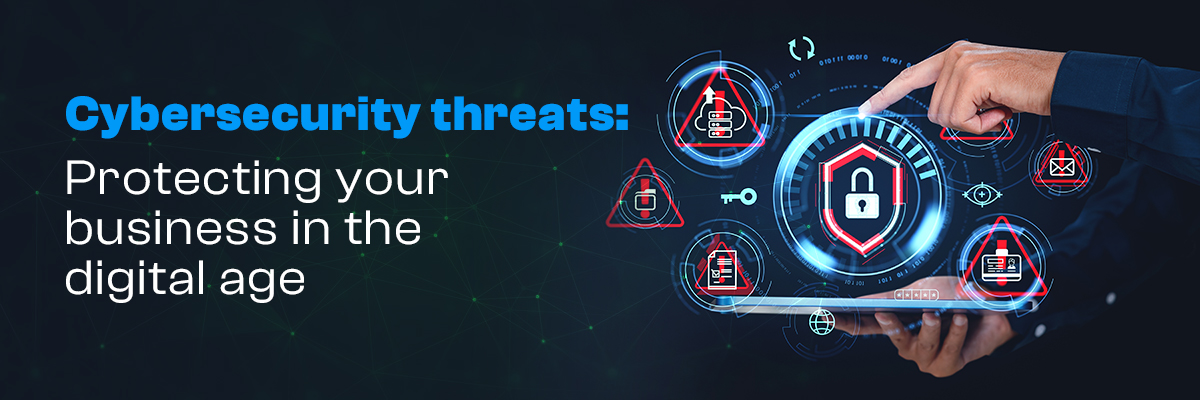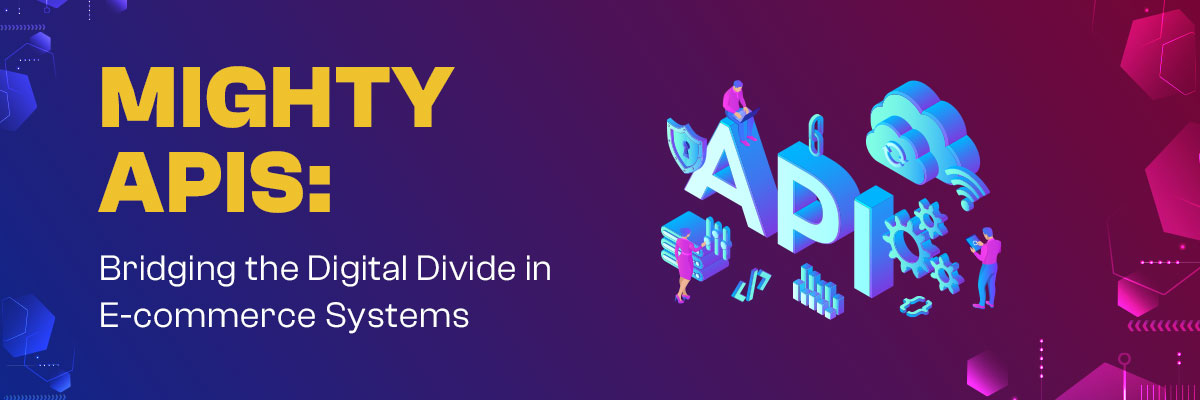Cybersecurity is no longer just a technological issue—it’s a critical business concern. The numbers are staggering: if cybercrime were considered a country, its economic impact in 2021 would make it the third-largest economy in the world, behind only the United States and China. Looking ahead, cybercrime damages are expected to hit USD 10.5 trillion by 2025. In the years leading up to this, it’s already estimated to have cost the global economy USD 6 trillion.
Let that sink in: businesses of all kinds and sectors are threatened by the fast-expanding effect of cyberattacks. Given this significant threat, how can your company safeguard itself in a growing digital society?
This blog will go over the typical cybersecurity risks, how they may affect your company, and what actions you might take to help your company avoid turning into yet another statistic.
Why Cybercrime Is Growing: The Information Supporting the Risk
“Why is cybercrime growing so fast?” To describe it with a proper perspective, global cybercrime expenditures in 2015 numbered USD 3 trillion. Fast forward a decade, and that number is set to grow more than threefold. A surge in hostile hacking operations, state-sponsored attacks, and the fast expansion of the “cyberattack surface”—the sheer amount of linked devices, data, and networks vulnerable to attacks—drive this increase.
Businesses’ reliance on digital tools and the Internet of Things (IoT) is driving soaring possibilities for cybercrime exploitation. Sadly, this also implies that every bit of information your company produces or keeps runs the danger.
And it’s not just financial loss we’re talking about, but cybercrime also entails stolen intellectual property, personal data breaches, loss of production, and damage to reputation. This is the greatest transfer of economic wealth in history, and it’s happening right now.
Hold on if the thought of cybercrime keeping you up at night is starting to creep in. The next part will explore some of the most often occurring hazards that companies nowadays face and how they could affect your operations.
Understanding Common Cybersecurity Threats
You should know the typical risks before considering how you might defend your company. Though these are a few important ones you should be on the watch for, cybersecurity hazards are getting more complex daily.
Ransomware
Most famously, ransomware is the cybercrime threat companies now deal with. This virus locks down a corporation’s data and holds it captive until a ransom payment. And the issue is getting exponentially more severe. With estimates of global ransomware damages in 2019 at USD 11.5 billion, by 2021, they will have risen to $20 billion.
Every 11 seconds, ransomware quickly gets a company somewhere on the globe. This disruptive and expensive attack influences a company’s operations and could damage its reputation.
Phishing
Phishing attempts might appear as bogus emails or websites that fool staff members into divulging private information such as passwords or financial data. These very harmful attacks target human mistakes. One phishing email might infect a whole firm and cause illegal access to corporate data.
Insider Threats
Not every threat originates from outside hackers. Employees themselves—intentionally or not—sometimes represent significant hazards. Usually involving personnel mishandling data or misusing their access to critical information, insider dangers are
DDoS (Distributed Denial-of-Service) Attacks
DDoS attacks cause your network or website to crash because of overwhelming traffic. These attacks can destroy your online profile and make your website or services inaccessible to clients, costing you sales and a ruined reputation.
After we have discussed some of the most often occurring hazards, let’s now get right to the core: safeguarding your company.
Steps to Safeguard Your Business from Cyber Attacks
You know the risks. So, how do you protect your business? These are some basic tactics meant to help reduce your exposure to online risks.
Conduct Regular Risk Assessments
Regular risk assessments are among the first stages of developing a solid cybersecurity initiative. This facilitates the implementation of particular preventative actions by helping you find weak points in your network and systems.
Consider it as a digital environment health check for your company. You are more likely to be able to improve your deficiencies knowing them.
Train Employees on Cybersecurity
One of the leading causes of cyberspace breaches is human mistakes. A negligent worker clicking on a dangerous link or using weak passwords can undo even the most sophisticated security solutions. Your first line of protection might be routinely teaching your employees the value of cybersecurity, how to identify risks and best practices for data protection.
Implement Strong Password Policies
Usually, the first and weakest obstacle separating hackers from your business’s data is passwords. Urge staff members to choose solid and distinctive passwords and give multi-factor authentication (MFA) some thought as a further degree of security.
Regular Software Updates and Patching
Cybercriminals often take advantage of the out-of-date, known, vulnerable software. One of the most accessible and successful strategies to safeguard your company is ensuring every system and application you use is current.
Use Encryption
Encrypt private information at rest and en route. Encryption will make your data illegible to everyone without the correct keys, even if cybercriminals manage to obtain it.
Back-Up Data Regularly
Regular backups of your important data will enable you to recover rapidly should the worst strike. Offsite or cloud-based backups are best, as they guarantee that your data can be rebuilt even should local systems be hacked.
With these strategies in hand, let’s examine the panorama of cybersecurity as we advance and consider what more might be done to stay ahead of cybercrime.
Wrapping Up
The statistics are unambiguous: cybercrime is a rising and terrible threat, not only a passing trend. Companies have to move quickly to strengthen their defenses since some illegal substances could surpass the total trade worldwide.
Understanding the most often occurring risks, applying robust cybersecurity measures, and monitoring future trends will help guard your company from becoming another victim on this digital battlefield.
The time to act is now. Don’t wait for a cyberattack to catch you off guard—start safeguarding your business today.



